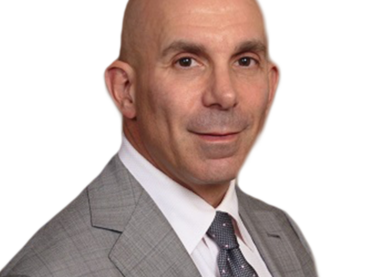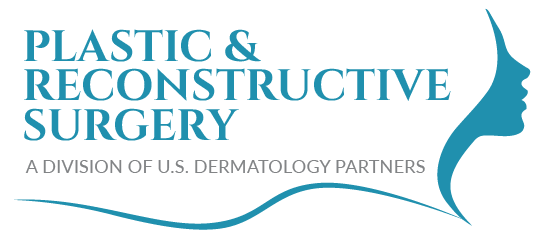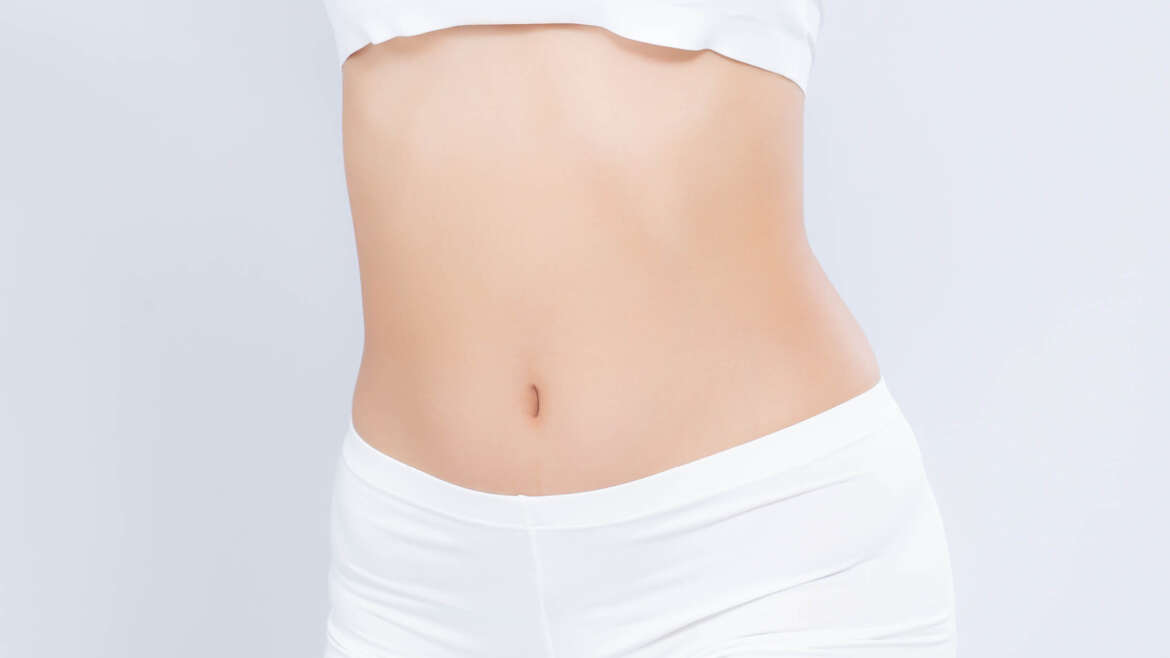Liposuction
If there are areas of your body you wish had a little less fat, liposuction from a skilled plastic surgeon may be a great option. This procedure is easily one of the most popular solutions available from cosmetic surgery professionals, and it can be used to address excess fat deposits across multiple areas of the body. On this page, you can learn more about what liposuction is, its benefits, and what to expect from the procedure. If you’re interested in learning more, don’t hesitate to reach out to Plastic & Reconstructive Surgery – a division of U.S. Dermatology Partners. We’ll be happy to answer your questions or schedule a cosmetic surgery consultation to explore your treatment options.
What Is Liposuction?
The clinical term for liposuction is lipoplasty. It’s a surgical treatment used to remove excess fat deposits. It’s often recommended for the removal of excess weight around the abdomen, but it’s also a popular option to remove weight from a wide variety of body areas where stubborn fat deposits aren’t improved through diet and exercise alone.
Liposuction can be used to remove fat deposits from:
- Face
- Neck
- Back
- Chest
- Abdomen
- Upper arms
- Hips
- Thighs
- Calves
- Ankles
Benefits of Liposuction
There are many reasons patients choose to move forward with liposuction, and some of the many benefits that lead people to receive liposuction include:
- Permanent Fat Removal – Fat cells removed by liposuction are gone forever, but you can regain fat in other areas. So, it’s important to maintain a consistent weight after liposuction treatment.
- Safe Fat Removal Solution – Liposuction is a minimally invasive and safe option for surgical fat removal if our surgeons believe you are a good candidate.
- Better Health – Though liposuction is not intended as a means to weight loss, removal of excess fat does help to decrease body mass index, making it easier to exercise and improving overall health.
- Remove Stubborn Fat Deposits – Liposuction makes it possible to remove exercise-resistant fat deposits.
- Improves Self-Esteem – Following fat removal with liposuction, people often feel more confident and better about themselves and are more comfortable in their own skin.
Recovery After Liposuction
Following liposuction, your plastic surgeon will apply dressings to protect the treatment sites and place compression bandages to minimize swelling during healing. They will provide you with directions on how to care for your body as it heals. That may include specific instructions for bathing as well as medications you need to take for pain or apply topically to prevent infection. You should limit your activity following liposuction to give your body plenty of time to rest and heal. Follow all instructions from your surgeon carefully to ensure fast and comfortable healing.
Risks Associated with Liposuction
Choosing to move forward with any type of surgery, including liposuction, means you should be aware of potential risks. By learning what potential issues can arise from surgery before the procedure, you will be better prepared to see the warning signs of these risks and seek treatment right away.
Everyone responds differently to surgery, but some of the common risks associated with liposuction include:
- Adverse reactions to anesthesia
- Pain or discomfort
- Bleeding
- Bruising
- Blood clots
- Areas of skin / fat that is not completely smooth
- Infection
- Scarring
- Loss of sensation that may be temporary or permanent
- Nerve damage
- Blood vessel damage
- Muscle damage
- Cardiopulmonary complications
- Seroma (fluid accumulating beneath the skin)
[6:33 PM] Natalie Castro
FIND A PHYSICIAN NEAR YOU
PHYSICIANS THAT OFFER LIPOSUCTION PROCEDURE

Chris Surek, DO


